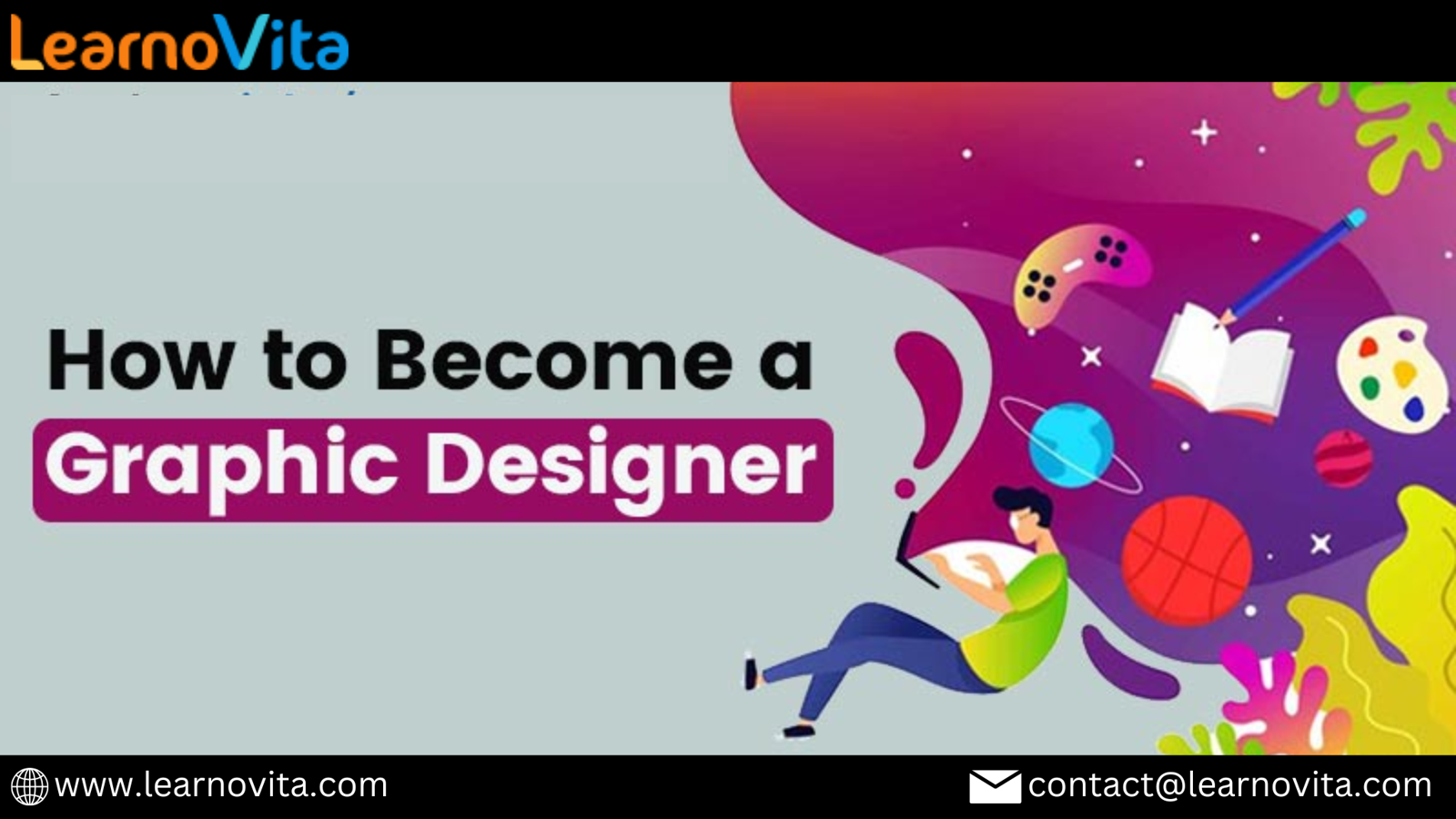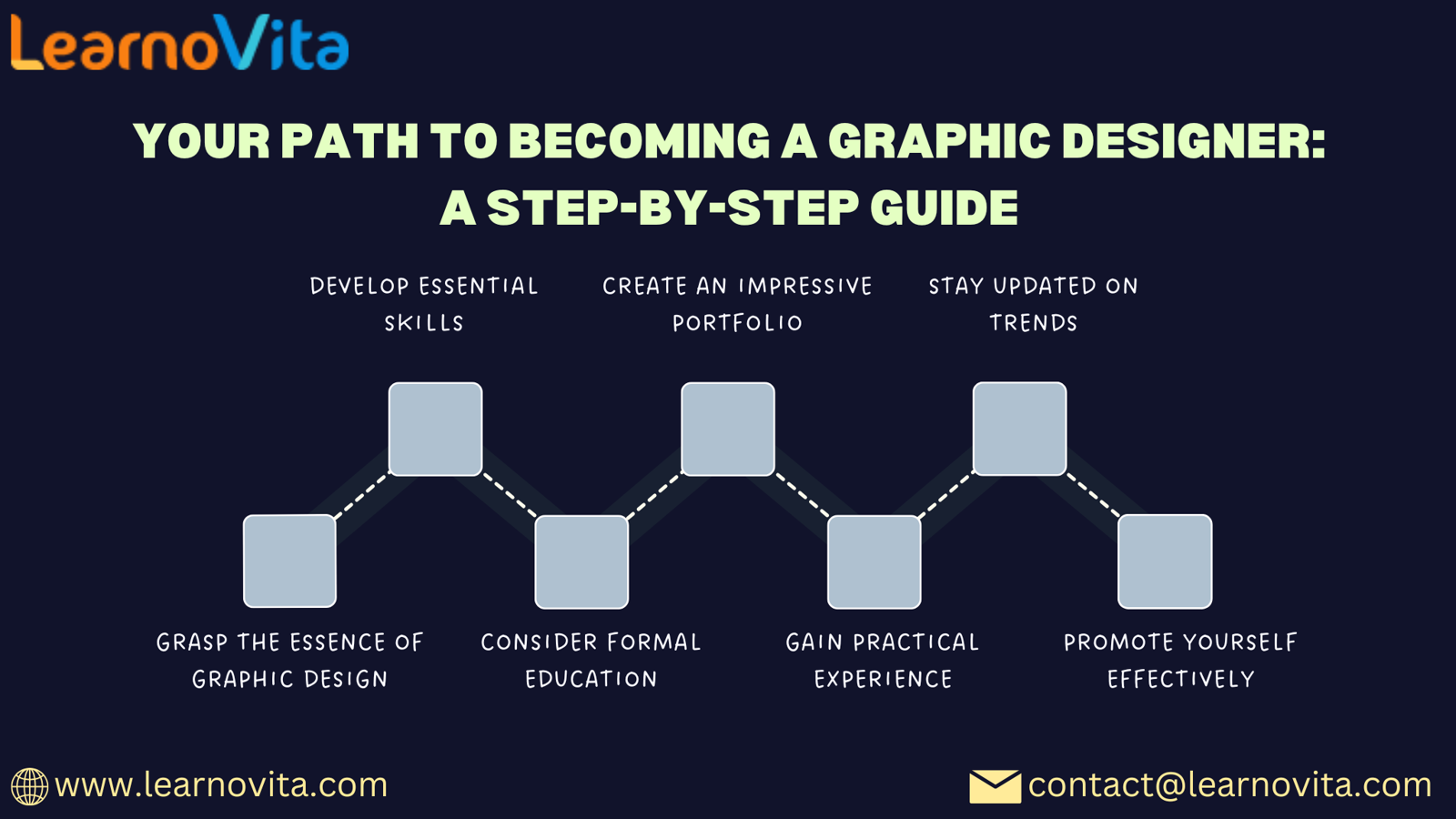Launching Your Career in Graphic Design: A Step-by-Step Blueprint

1. Understand the Core Principles of Graphic Design
Graphic design revolves around creating visual content that communicates messages effectively. This can involve a range of projects, from logos and branding to advertisements and web designs. Familiarizing yourself with the various areas of graphic design will help you identify your specific interests.
Key Areas of Specialization in Graphic Design:
- Branding: Developing unique visual identities for businesses.
- Print Design: Designing materials such as brochures, posters, and magazines.
- Web Design: Crafting websites and digital user experiences.
- Illustration: Producing original artwork for various media.
2. Develop Key Skills
To succeed in graphic design, you’ll need a combination of technical and interpersonal skills.
Essential Skills to Master:
- Design Software: Proficiency in tools like Adobe Photoshop, Illustrator, and InDesign.
- Typography: Understanding fonts and their effective use in design.
- Color Theory: Knowledge of how colors can influence emotions and perceptions.
- Layout and Composition: Skill in organizing elements for visual coherence.
- Communication: Ability to convey ideas clearly to clients and collaborators.
3. Consider Educational Opportunities (Optional)
While formal education isn’t a requirement, a degree in graphic design or a related field can provide a strong foundation. Many successful designers have degrees, but others excel through self-study and hands-on experience.
Educational Pathways:
- Bachelor’s Degree: A comprehensive four-year program covering various design concepts.
- Associate degree: A focused two-year program emphasizing core design skills.
- Online Courses: Explore platforms like Coursera, Udemy, and Skillshare for specialized training.
4. Create an Impressive Portfolio
Your portfolio serves as a critical showcase for your work, highlighting your creativity and skills to potential employers or clients.
Tips for Portfolio Development:
- Variety: Include a diverse range of projects—branding, web design, print work, etc.
- Personal Initiatives: Create original pieces if you lack client work to showcase your abilities.
- Case Studies: Provide insights into your design process for selected projects, demonstrating your problem-solving skills.

5. Gain Practical Experience
Hands-on experience is crucial in the graphic design field. Seek internships, freelance projects, or volunteer positions to build your skill set.
Ways to Gain Experience:
- Internships: Look for opportunities at design agencies or firms.
- Freelancing: Offer your design services on platforms like Upwork or Fiverr.
- Networking: Attend industry events and workshops to connect with other professionals.
6. Stay Informed About Industry Trends
The design landscape is constantly changing. Keeping up with the latest trends, tools, and technologies is essential for staying competitive.
Strategies for Staying Updated:
- Follow Design Blogs: Engage with resources like AIGA Eye on Design and Smashing Magazine.
- Join Online Communities: Participate in discussions on forums and social media platforms.
- Attend Workshops and Conferences: Take part in events to learn from industry leaders.
7. Market Yourself Effectively
Once you’re ready to enter the job market, it’s vital to market yourself effectively.
Marketing Strategies:
- Build a Personal Website: Feature your portfolio and services prominently.
- Utilize Social Media: Share your work on platforms like Instagram and LinkedIn.
- Network: Connect with other professionals and potential clients.
Conclusion
Starting a career in graphic design is an exhilarating journey that requires dedication, practice, and a passion for visual storytelling. By following these steps and continuously honing your skills, you can establish a successful career in this dynamic field. Embrace your creativity, remain inquisitive, and remember that each design project is a unique opportunity for growth and learning.

Comments
Post a Comment